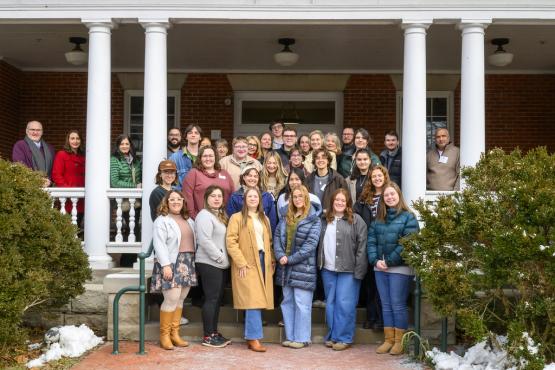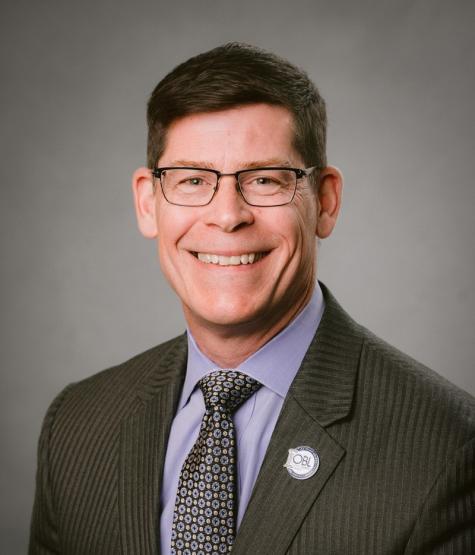

What comes after coal? How OHIO is helping Appalachian recovery
In Appalachian Ohio, when a coal-fired power plant shuts down, entire communities feel the aftershocks. At Ohio University's Voinovich School, Master of Public Administration students are stepping into the gap, bringing policy ideas, research and on-the-ground support to help towns recover.
April 23, 2025
Share:
What communities really need after coal shuts down
The Voinovich School’s Center for Economic Development and Community Resilience (CEDCR) has spent years studying how coal’s decline reshapes local economies. And for Voinovich students, their work starts on the ground—with rural leaders, town officials and people living through the shift.
“There are major structural economic changes happening,” said CEDCR faculty director Jason Jolley. “Our work is directly engaging with [communities] to find new solutions and eventually make policy changes that recognize these impacts.”
Who is left behind when coal jobs disappear?
CEDCR’s latest study, co-authored by Jolley and a research team at Ohio University, looks at labor market impacts in areas affected by coal plant closures—with a focus on gender and age.
Their findings are stark: Younger men often pivot to other industries, but that shift can crowd out women from already limited job opportunities. Older men face steeper challenges, often retiring early or dropping out of the workforce entirely. In many cases, annual incomes fall and stay down.
“These patterns underscore the importance of just transition policies that recognize and respond to differential impacts, especially for women and older workers,” Jolley explained. Effective retraining can’t ignore the realities of age, skill level or who’s being pushed out when others pivot.
Authored by the Voinovich School’s Tuyen Pham (lead author), Clara Bone, a senior project manager, alumna Alexandra Balson AB '23, MPA ’24, and Jolley, the research found that younger men, after losing coal-fired power plant jobs, often take roles in other industries, reducing opportunities for women because the job market is more competitive. Jolley and his team also found that older men face steep re-employment challenges and are more likely to leave the workforce. In addition, annual income drops following closures, with men experiencing deeper losses, and labor force participation declines significantly in affected Appalachian counties—from early retirements, discouragement or structural barriers to work.
How do we ensure these communities and the workers who work in these energy economy jobs have sufficient opportunities with the transition to lower carbon or no-carbon energy sources?
Turning research into real-world recovery
These findings directly inform the programs and outreach that CEDCR supports—from energy workforce planning to local economic development strategies. The center is focused on applied solutions that help towns stabilize and adapt. Each semester, undergraduate and MPA students work on projects spanning economic development and electric aviation to broadband expansion and regional planning.
Replacing coal with clean energy options may seem like an easy switch, but hurdles often are overlooked, Jolley said. “How do we ensure these communities and the workers who work in these energy economy jobs have sufficient opportunities with the transition to lower carbon or no-carbon energy sources?” he asked.
“The reality is, it's really challenging to do that. These are the kinds of impacts that are happening in Appalachia," Jolley said.


